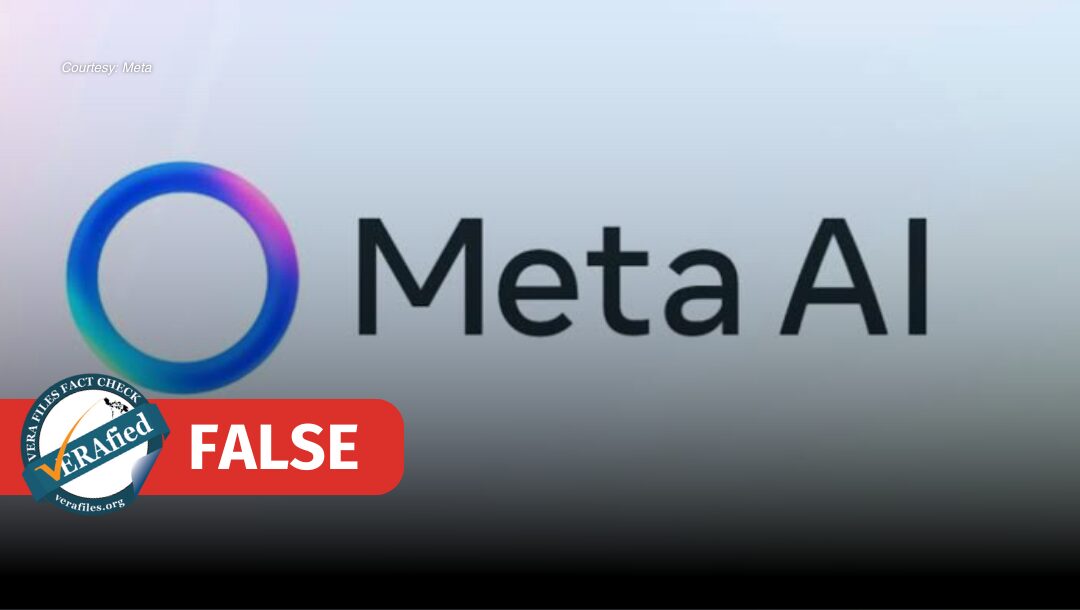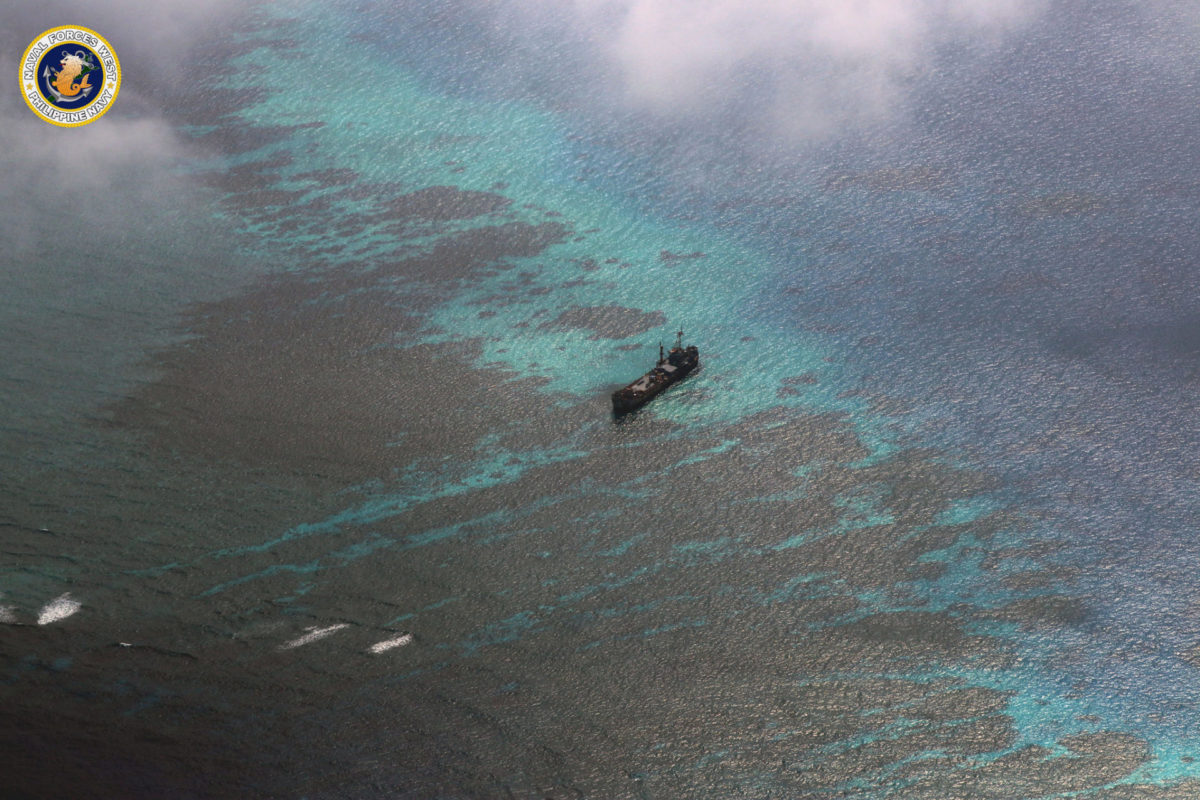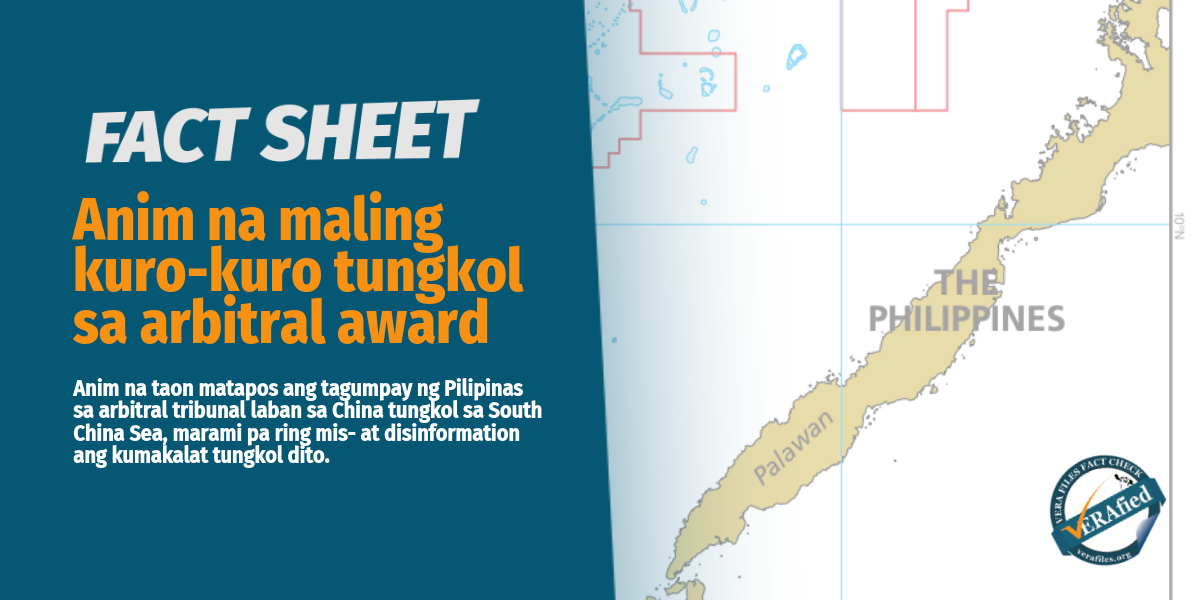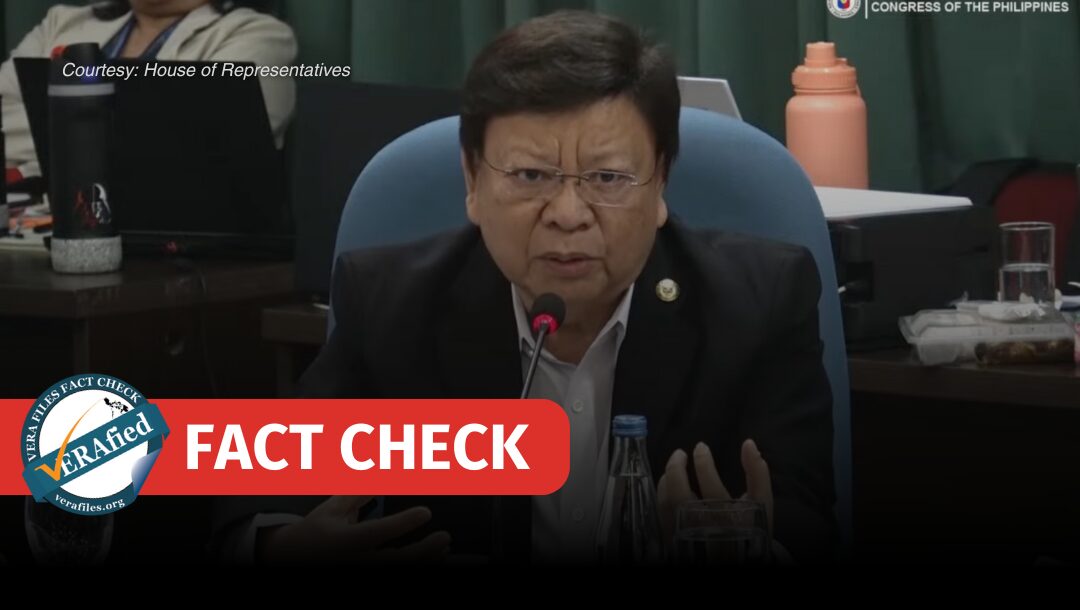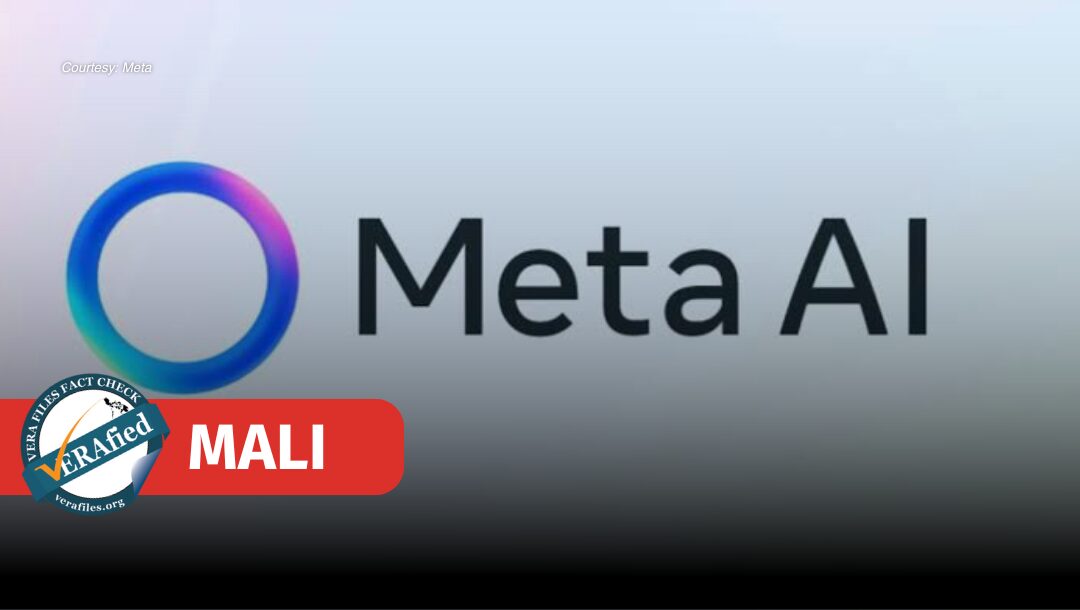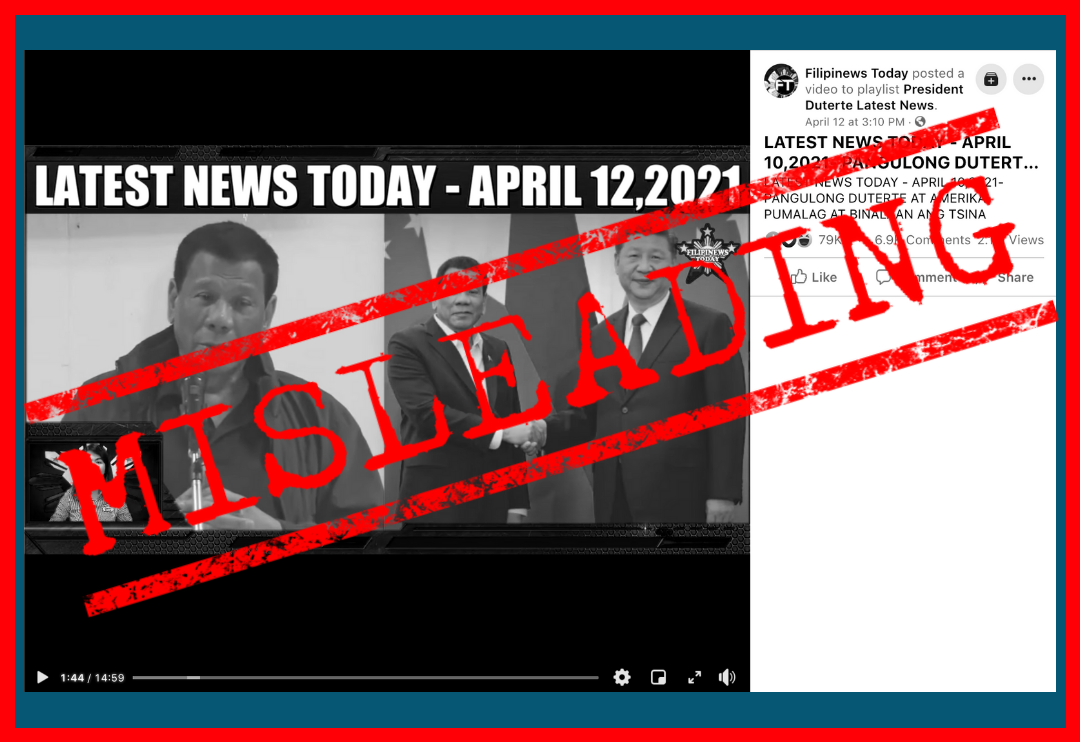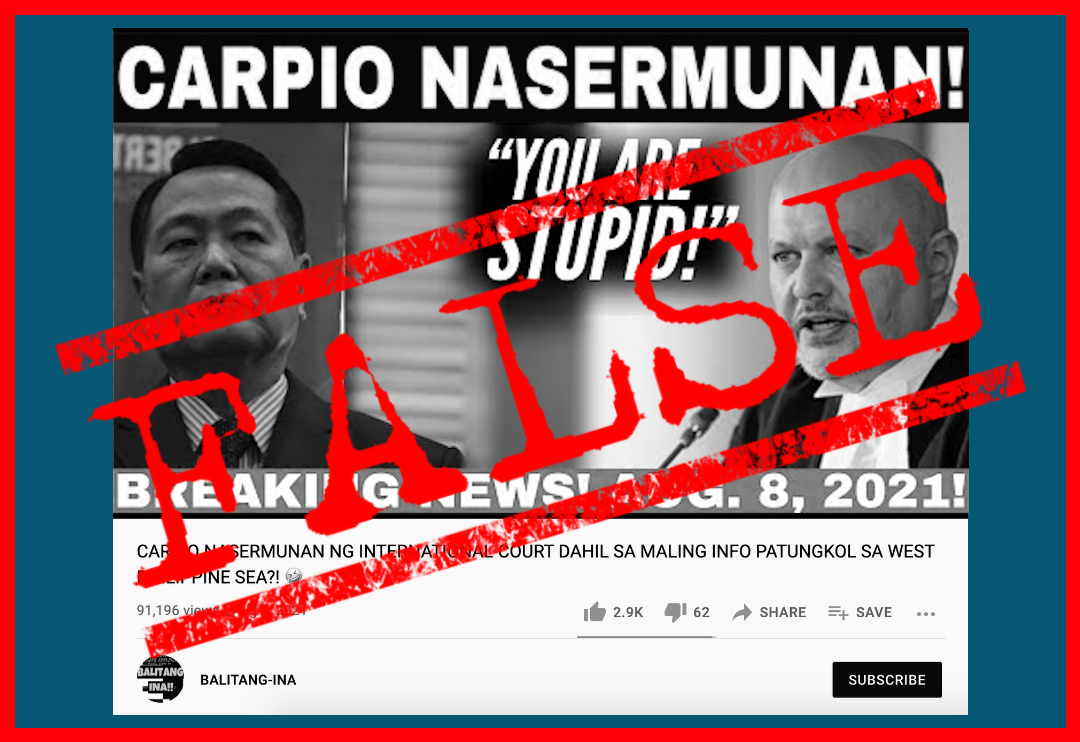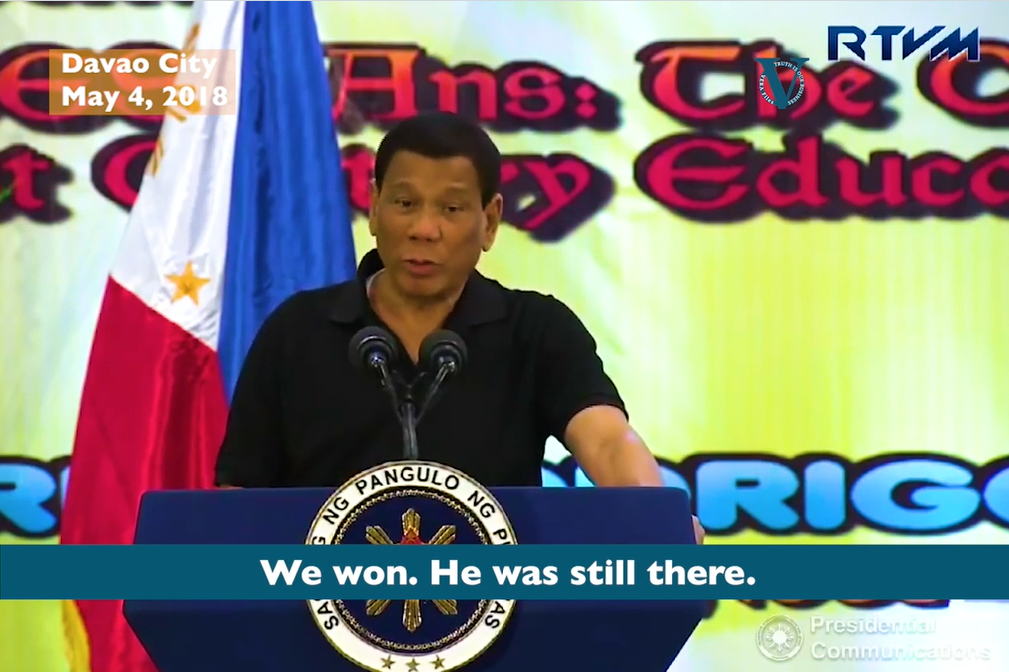Facebook’s artificial intelligence assistant Meta AI described the labeling of the West Philippine Sea (WPS) on Google Maps an “assertion of the country’s sovereignty… and sovereignty claims.”
This is incorrect. The Philippines has sovereign rights, not sovereignty, over features in the WPS, based on the 2016 arbitral ruling on the South China Sea dispute. Meta AI also misattributed to the entire Senate majority a statement made by Sen. Francis Tolentino.
The United Nations Convention on the Law of the Sea (UNCLOS) defines sovereign rights as exclusive rights enjoyed by a state “for the purpose of exploring, exploiting, conserving and managing the natural resources” within its 200-nautical mile exclusive economic zone.
Sovereignty, on the other hand, is an attribute of a state that refers to its supreme right to command obedience within its territory. Mere listing in Google does not earn sovereignty for a country.
Sovereignty is not interchangeable with sovereign rights.
STATEMENT
Meta AI was asked two questions about the meaning of the more prominent and permanent label of the WPS on Google Maps, which was first reported by news outlets on April 14.
The questions were: “What is the significance of the West Philippine Sea inclusion in Google Maps?” and “Why is the labeling of the West Philippine Sea significant?”
These were repeated on three separate devices and Facebook accounts.
Discussing the implications of the labeling on Google Maps, Meta AI issued distinct responses across the three trials. These were:
“The inclusion solidifies the Philippines’ territorial claim, asserting its sovereignty over the disputed area.”
“The inclusion solidifies the Philippines’ sovereignty claim over the West Philippine Sea, which is a significant territorial assertion.”
“The update lends credibility to the Philippines’ position in ongoing maritime disputes, particularly with China, and serves as a geopolitical affirmation of the country’s sovereign rights.”
Meta AI cited a statement affirming the label and attributed it to the Senate majority, saying in two different responses:
“The Senate Majority has hailed this development as a significant legacy for the younger generation, symbolizing a crucial step in asserting the country’s rights over its territory.”
“The inclusion has been hailed by Senate Majority, with TOL expressing enthusiasm for the move, calling it a “legacy for Gen Z, Alpha, Beta”. This development is seen as a significant win for the Philippines, reinforcing its territorial claims in the disputed region.”
FACT
Meta AI is wrong. What the Philippines enjoys in the WPS are sovereign rights, not sovereignty, under the UNCLOS as declared by an arbitral tribunal in a 2016 ruling.
The AI-generated response also misattributed the quote it used. It was Senate Majority Leader Francis Tolentino who issued the statement, not the entire Senate majority composed of members of the coalition of parties that holds the majority in the chamber.
In an April 14 press release, Tolentino said that Google Maps’ recognition of the WPS will leave a legacy for future generations of Filipinos.

The Permanent Court of Arbitration affirmed in 2016 that the Philippines enjoys sovereign rights over several features in the area of the South China Sea west of the Philippines.
The court can determine sovereign rights over exclusive economic zones granted to each country under the UNCLOS. However, the Court reminded in its 2016 decision that it cannot “rule on any question of sovereignty over land territory and… delimit any boundary between [parties].”
